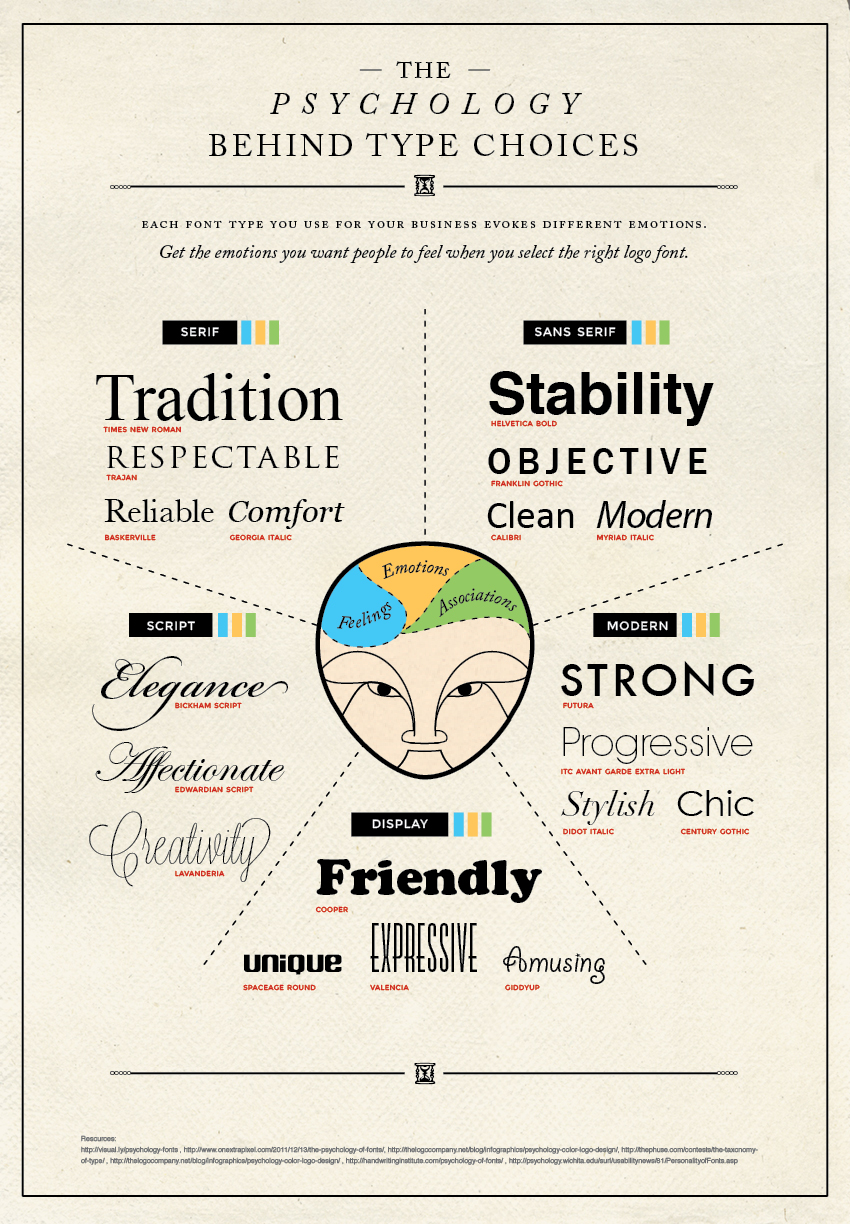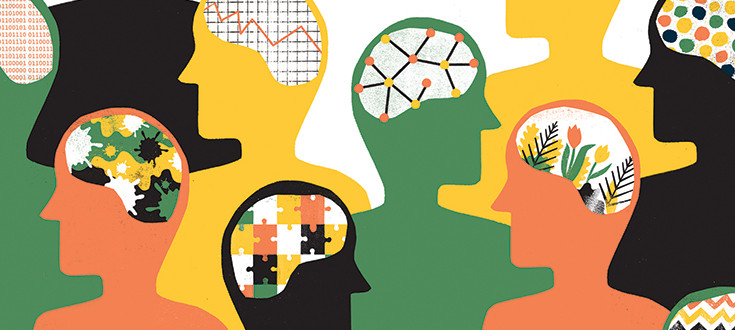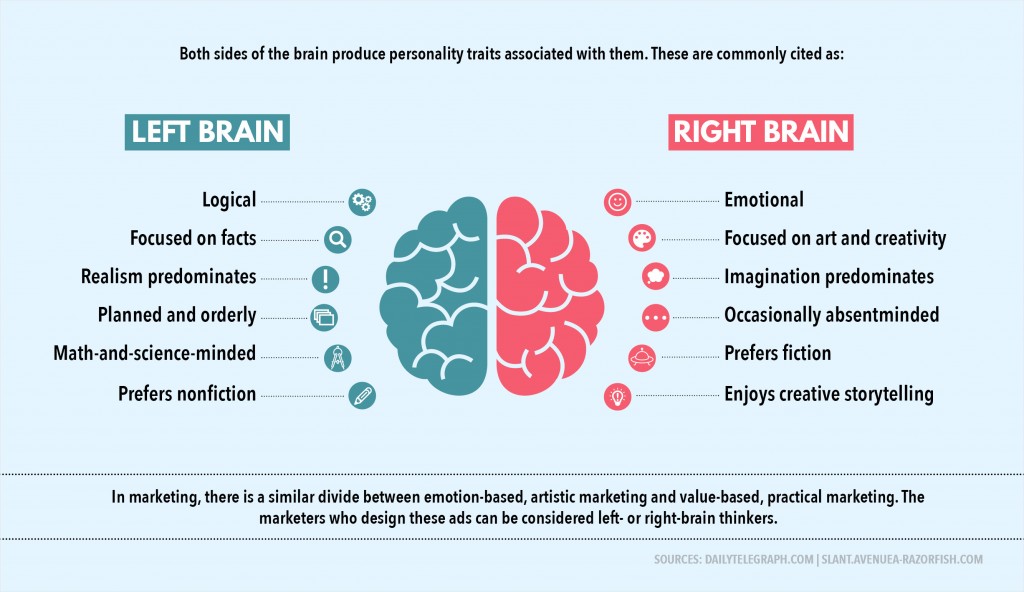Marketing is a science. If you look at the decision-making process throughout the customer journey, you’ll find that what influences a customer’s decision to purchase a product is the result of triggers within their brains.
Marketers, business owners, sales professionals, and entrepreneurs have the job to convince people to buy new products or services. The great ones understand the psychology behind a customer’s behaviors, emotions, and tendencies.
At a granular level, they can package their ideas in a way that will connect with a customer’s psyche — this “magic” is neuromarketing.
The mix of neuroscience and marketing that gives buyers confidence in trusting a brand or product. So what is neuromarketing?
What is Neuromarketing?
Neuromarketing is a commercial marketing communication field that applies neuropsychology to marketing research.
It allows marketers to study consumers’ response to marketing stimuli and how likely they are to purchase products or services. Here’s a quick TedTalk about neuromarketing and its effects on our “Lizard Brain.”
Being that the average person is exposed to 4,000 ads every single day, savvy marketers now use neuromarketing tactics and research to reach their customers.
The average person is exposed to 4,000 ads every single day Click To TweetOptimizing things like social media content, blogs, and personalization, to be more engaging, colorful, and use a vernacular (or language) that is ideal for targeted demographics.
When customers see the right colors, messaging, and are provided with a welcoming experience, it will activate a buyer’s dopamine receptors (the brain chemical associated with pleasure).
The anticipation of purchasing a product along with the reward of finally obtaining a purchase has been studied by neuropsychologists for quite some time.
What is Neuroscience and How Does it Affect Marketing?
Neuroscience is the study of the structure and function of our nervous system. It encompasses the evolution, development, cellular, and molecular biology of our nervous system.

It can provide data on how storytelling and advertising affect consumers. Marketers often experiment with small triggers that can cause significant changes in consumer behavior.
Whether it’s testing ads, typography, layouts, pricing, or having ad campaigns that are meant to have an emotional response, everything can be tested to influence behaviors on a website.
10 Things You Can Figure Out With Neuromarketing
You can validate a lot of your hypotheses by testing out different things on your site, product, and even physical locations. Here are some of the things that you can find out:
- What colors should be used on campaigns?
- How can I end “decision paralysis” and get the customer to buy quicker?
- How desirable is my product?
- What emotion is triggered by this promotion?
- Which ad is the most effective?
- What is the right price for my service?
- How do consumers feel at the point of sale?
- How can I avoid losing a customer?
- What website layout converts best?
- Are my headlines good?
You can use A/B testing services, heatmaps, and look at metrics like Net Promoter Score, to find out what it takes to improve the experience for the end-user.
You can even quantify all those metrics and make them a part of your KPIs and OKRs.
Examples of Neuromarketing

When I first head of neuromarketing, I was in Boston and heard about marketers and data scientists spending their off time to help homeless people make signs that can “convert” better.
This very creative and unique example of a/b testing to get people walking on crowded streets to help someone in need.
The “test” that won ended up being a sign that offered something for “free” and made the walker “feel” like they were incentivized for doing good.
Use Heatmaps To Improve Site Experience & Sign-Ups
The best way to see how people interact with your website and app is through customer heatmaps. It’s worth noting that we read websites in a “Z-Pattern,” so it’d be wise to set up landing pages with that patter in mind.
In this test run by Neuroscience Marketing, they were able to test out the different ways an image was able to interact with content, and when the baby was looking at the text, the end-user interacted with the page.

With a heatmap service, you’ll be able to see how people interact with your site and determine what’s the best possible layout and call-to-action to have per page.
Fonts That Speak To Your Audience
Fonts can say a lot about your business and services — don’t believe me? Try using Comic Sans throughout your web page.

Different types of fonts can make your business look more professional, make ads look bolder, and make the reader feel an emotion.
Use a mindful approach to selecting the fonts for your different campaigns and choose one that best matches your product, vision, and company mission.
Ads That Evoke Emotion
We can write a whole blog on the different ads that have had an impact on their respective brands. If you can create an ad that is simple and gets the point across, the viewer is going to leave with a strong impression of your brand.
Companies tend to hire agencies to get a new perspective and use out of the box ads to help get their brand more exposure.

If you don’t have the resources for hiring an agency, you don’t necessarily have to reinvent the wheel with ads — you can create a simple video that will get your message across. Use Raw Shorts to create video ads that are ideal for social, e-mails, and other promotional outlets.
The Personalization Of Video Content
Videos are going to make up about 81% of the internet traffic in the coming years, so standing out is going to be harder — especially with having unique video content.
Videos are going to make up about 81% of the internet traffic by 2021 Click To TweetVedia, an ai-powered personalized video creator, discusses the personalization of videos and how it connects with buyers at a deeper level.
Creating one ad for a broad demographic doesn’t necessarily yield the best results. Segmentation can get you pretty far, but the evolution after segmentation is hyper-precise personalized marketing.
Imagine being able to send out a million unique videos to a million unique viewers. Vedia enables you to do just that. You’ll be able to leverage data to create videos that are specific to the user receiving it.
How Can I Use Neuromarketing? Simple Ways of Connecting With a Customer
There’s no denying that large organizations have a massive advantage when it comes to neuromarketing.
They have research departments devoted to using things like brain imaging to directly measure consumer preference and the effect of advertisements on our subconscious — even using AI to influence marketing decisions.
The reality is, you can apply some of the same things that large companies have learned throughout the years and apply it to your small business.
Research what colors that improve mood, pick the right fonts that go well with your audience, test out everything that your business is doing from a communications standpoint, and measure their success.
Here are a couple of things that you can do:
- Test landing pages — and assign an “emotion” that you’d like the user to feel.
- Test messaging on landing pages
- Select the font that best fits your voice and tone
- Craft ads based on the emotion that you want your users to feel
- Pick media/icons that easily translate what
- A/B test all communications (e-mails, subject lines, text-based ads, etc.)
- Set KPI’s for every part of the customer journey
The best way to make sure that your audience is engaged is to send them personalized e-mails. A quick checkup will go a long way — don’t treat people like a customer, consider them a business partner, and you’ll go a long way.
The Art Behind Neuromarketing and How It Affects Customers
At the end of it all, neuromarketing is the blend of science and creativity to touch the client’s soul. Your brand, product, and mission are meant to build trust between you and your customers, both new and old.

Your business has to come up with creative ways to get out there. Marketers can’t necessarily “push the buy button” in the customers’ brains, but they can paint the picture of what it would be like for a customer to use the product.
There are some ethical concerns with all the data that can be used to influence a buyer, but, in actuality, we’ve been using creative techniques to attract new buyers since the beginning of business.
The only difference is that now we’re blending data, design, psychology, and technology to get new business.
It Will Always Come Down to Winning Over Customers’ Left Brain or Right Brain
Your marketing efforts will always be about winning over the left or right brain.
Your marketing efforts will either should be content that serves as thought-leadership material with data-backed claims for the left brain types; or focus on more creative, emotional content that’ll evoke emotion.

Ideally, you’ll have to create different types of content for every campaign you run, so make sure to do enough research to make sure that you can truly “hack” your way into reaching your customer’s brain and encourage them to buy your product and stay loyal to your business.
Though modern-day neuromarketing is still at its infancy, there are a lot of resources across the web that will help you get your brand and products in the minds of users.
Are You Going to Practice Neuromarketing?
Do you think that your business can use neuromarketing to gain more customers? If you’re already using some tactics, we’d love to hear how it has helped your company obtain new leads and retain clients. Leave some comments below!

